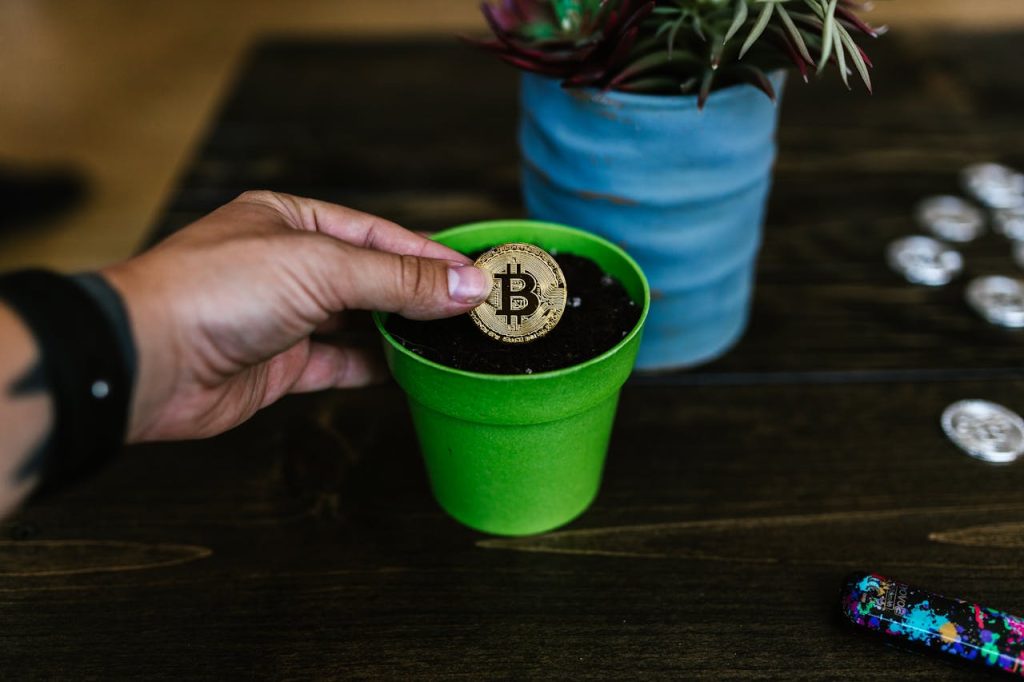
How Blockchain Brings Transparency to Sustainable E-Commerce
As consumers become more conscious of their environmental footprint, sustainable e-commerce is on the rise. Shoppers want eco-friendly products, ethical sourcing, and brands they can trust. But with greenwashing and vague sustainability claims on the loose, how can buyers verify that their favorite online stores are truly doing good?
Enter blockchain technology—a game-changer for transparency and accountability in the world of sustainable e-commerce.
At GreenGlimpse.org, we explore how emerging technologies can power real-world change. In this article, we break down how blockchain can help e-commerce brands prove their sustainability efforts while empowering consumers to make informed choices.
🌍 What is Blockchain and Why It Matters for E-Commerce?
Blockchain is a decentralized digital ledger that records information in a secure, transparent, and tamper-proof way. Every transaction or data entry is time-stamped and stored across a network of computers—making it easy to track and verify.
In the context of e-commerce, this means:
- Verified product origins
- Transparent shipping data
- Ethical sourcing records
- Trustworthy carbon offset tracking
This level of visibility is what sustainable e-commerce needs to move from claims to credibility.
✅ 1. Verifying Sustainable Supply Chains
Today, many e-commerce brands claim to use “organic,” “eco-friendly,” or “ethically sourced” materials. But often, these labels are hard to verify.
With blockchain, every step of a product’s journey—from raw material to final delivery—can be recorded and verified. That means shoppers can scan a QR code and instantly see:
- Where the materials were sourced
- Whether fair labor practices were followed
- The carbon footprint of the shipping process
Platforms like Provenance and IBM’s Food Trust are already using blockchain for supply chain transparency in fashion and food. This kind of digital product passport builds real trust with conscious consumers.
♻️ 2. Proving Carbon Offsets and Green Initiatives
Many e-commerce companies promise to offset their carbon emissions or donate to environmental causes. But how do we know it’s happening?
Blockchain allows brands to tokenize and track carbon credits and donations, making it easier to:
- Prove that emissions have been offset
- Avoid double-counting or fraud
- Showcase impact with traceable data
Customers can see exactly where and how the money was spent—down to the project level (e.g., planting trees in Kenya or restoring wetlands in Indonesia).
🔗 3. Enabling Circular E-Commerce Models
Sustainability isn’t just about what’s sold—it’s about what happens after the purchase. Blockchain can support circular economy initiatives like:
- Second-hand marketplaces
- Product recycling and resale tracking
- Ownership history and authenticity verification
For example, a clothing brand can use blockchain to track a jacket’s journey—from factory to first owner, to resale, and finally to recycling. This not only promotes reuse but also fights counterfeit products and waste.
📦 4. Ethical Logistics and Shipping
Shipping is a major source of emissions in e-commerce. Blockchain can help track:
- Emission levels per shipment
- Green packaging use
- Low-emission delivery routes
Brands can reward sustainable choices—like choosing slower but cleaner shipping—with verified carbon data stored on-chain. This adds a new level of accountability to logistics.
🛒 5. Building Consumer Trust with Transparent Reviews and Ratings
Fake reviews are a problem in e-commerce. Blockchain can be used to authenticate customer feedback, ensuring:
- Only verified purchases leave reviews
- Review histories are traceable and tamper-proof
- Incentives for feedback are recorded fairly
This boosts brand credibility and helps eco-conscious shoppers find products that truly deliver on their promises.
🧠 Final Thoughts: Blockchain is the Backbone of Trust in Sustainable E-Commerce
In a world where sustainability claims can be easily made—and just as easily faked—blockchain offers proof. By recording product data, logistics, offsets, and customer interactions on a transparent ledger, it transforms green promises into verifiable facts.
For sustainable e-commerce brands, this means standing out in a crowded market with integrity. For consumers, it means shopping with confidence and purpose.
At GreenGlimpse.org, we believe in the power of tech to shape a greener future. Blockchain is more than a buzzword—it’s a tool for ethical commerce and environmental change.
